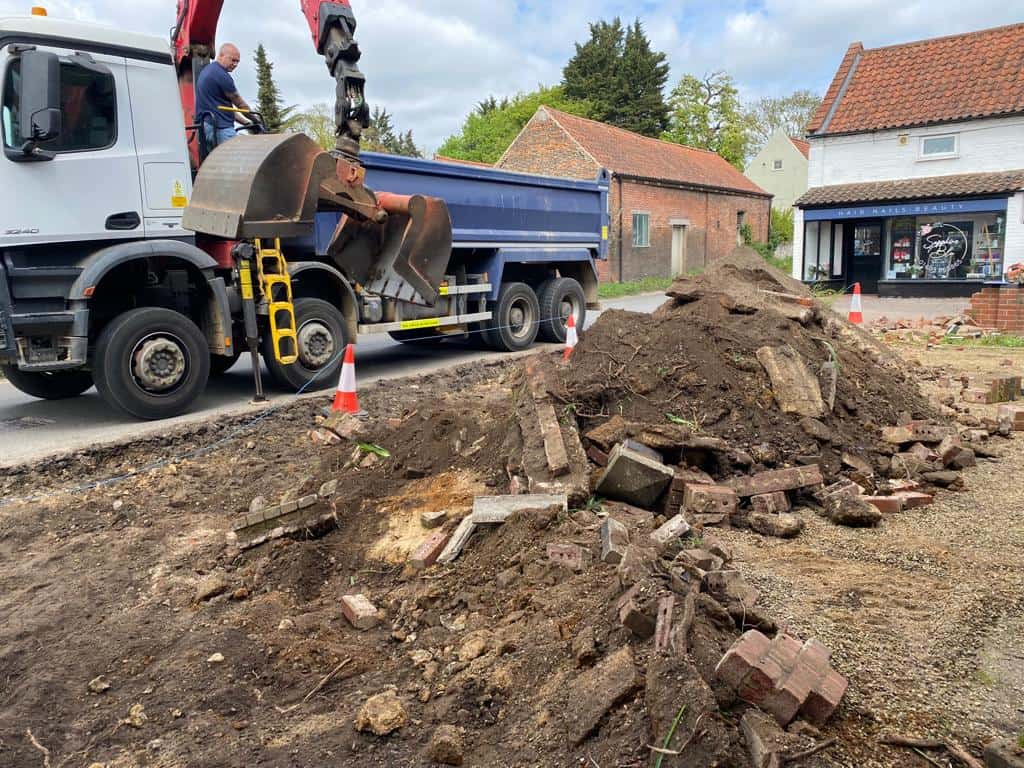Empowering Indigenous Communities: The Role of Tarmac Farm Roads in Agriculture
Introduction: In the rich tapestry of agricultural traditions, indigenous communities have long been stewards of the land, preserving ancestral knowledge and sustainable practices that sustain people and the planet. Yet, despite their invaluable contributions to agriculture, many indigenous communities face challenges accessing markets, resources, and opportunities for economic growth. Tarmac farm roads offer a transformative solution, empowering indigenous communities in agriculture by improving transportation infrastructure, facilitating market access, and unlocking the potential of rural economies. In this guide, we’ll explore how tarmac farm roads empower indigenous communities and drive positive change in agriculture.
Improving Transportation Infrastructure:
- Tarmac farm roads provide indigenous communities with reliable transportation infrastructure, connecting remote villages to markets, trading centres, and agricultural hubs. These roads enhance accessibility and mobility, allowing farmers to transport their produce more efficiently and access essential resources such as seeds, fertilisers, and agricultural equipment. By improving transportation infrastructure, tarmac farm roads enable indigenous communities to overcome geographic barriers, reduce transportation costs, and expand their agricultural activities.
Facilitating Market Access:
- Access to markets is essential for indigenous farmers to sell their products, generate income, and participate in the broader economy. Tarmac farm roads open new opportunities for indigenous communities by providing direct access to regional markets, urban centres, and export markets. These roads enable farmers to bring their produce to market faster and fresher, reducing spoilage and increasing market competitiveness. Moreover, improved market access creates value-added processing, branding, and marketing opportunities, enabling indigenous farmers to capture higher margins and build resilient livelihoods.
Fostering Economic Development:
- Tarmac farm roads catalyse economic development in indigenous communities, stimulating investment, job creation, and entrepreneurship. With improved transportation infrastructure, indigenous communities can attract businesses, industries, and tourism ventures that create employment opportunities and generate economic growth. Moreover, tarmac farm roads enable indigenous entrepreneurs to access financing, training, and support services, empowering them to start and scale agricultural enterprises that contribute to local prosperity and self-reliance.
Preserving Cultural Heritage:
- Indigenous agriculture is deeply rooted in cultural traditions, knowledge systems, and spiritual connections to the land. Tarmac farm roads support the preservation of indigenous cultural heritage by facilitating access to ancestral lands, traditional farming practices, and sacred sites. These roads enable indigenous communities to maintain their cultural identity, sovereignty, and land stewardship while adapting to modern challenges and opportunities in agriculture. By integrating traditional knowledge with modern technologies and innovations, indigenous farmers can sustainably manage natural resources, conserve biodiversity, and promote food sovereignty.
Strengthening Community Resilience:
- Tarmac farm roads contribute to the resilience of indigenous communities by enhancing food security, livelihoods, and social cohesion. Improved access to markets and resources enables indigenous farmers to diversify their crops, increase yields, and build more resilient food systems that withstand shocks and stresses. Moreover, tarmac farm roads facilitate access to education, healthcare, and social services, improving indigenous communities’ quality of life and well-being. By strengthening community resilience, tarmac farm roads empower indigenous communities to adapt to climate change, economic uncertainties, and other challenges, ensuring a sustainable future for future generations.
Conclusion: Tarmac farm roads are transformative in empowering indigenous agricultural communities, improving transportation infrastructure, facilitating market access, fostering economic development, preserving cultural heritage, and strengthening community resilience. As we work towards building more inclusive and sustainable food systems, it is essential to recognise the contributions and aspirations of indigenous farmers and support their efforts to thrive in a rapidly changing world. Investing in tarmac farm roads and empowering indigenous communities can create a more equitable, resilient, and prosperous future for all.
Call us on: 01728 448 691
Click here to find out more about Wickham Market Driveways
Click here to complete our contact form and see how we can help with your driveway needs.

